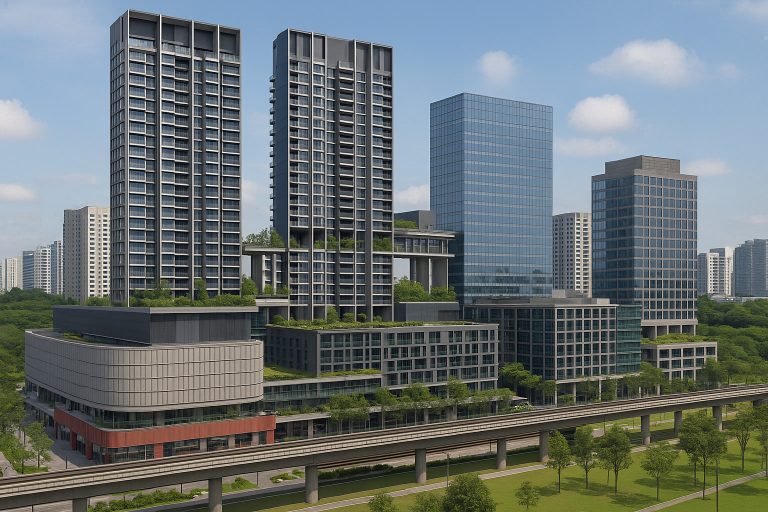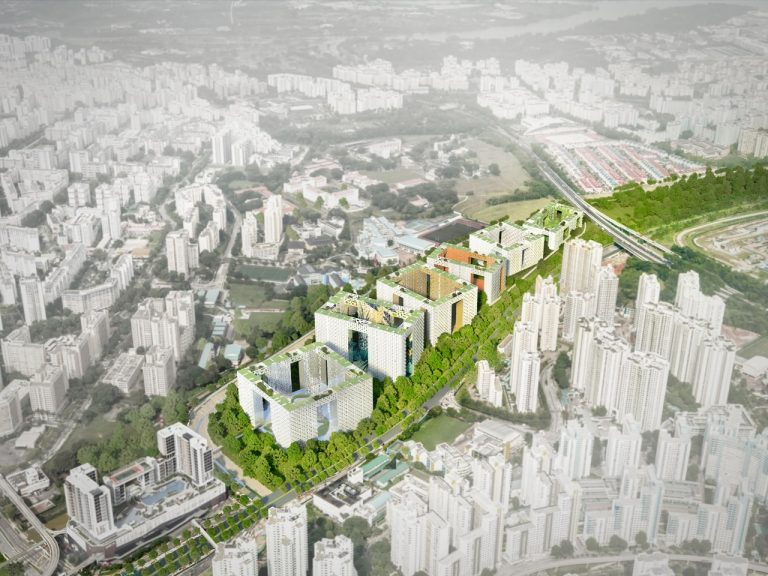Singapore’s landscape has undergone tremendous change over the decades, transforming from quiet kampongs into thriving modern estates. Urban development has reshaped the island, giving rise to distinct neighborhoods that blend heritage with innovation. This article answers how urban development has reshaped different areas in Singapore by examining historical transformation, notable planning initiatives, and the characteristics of various districts.
Historic Roots and Cultural Heritage
Before the rapid economic expansion, many Singaporeans lived in kampongs. These small communities, defined by close ties and traditional structures, were the heartbeat of early Singapore life. The kampongs fostered a strong sense of belonging and social cohesion. As the city-state progressed, urban planning began to integrate cultural heritage into new developments, preserving landmarks while introducing modern conveniences. This careful balance allowed residents to retain a connection to their past even as they embraced new housing concepts and community facilities.
Modern Estates: A Blend of Function and Form
Today, neighborhoods such as Tampines, Jurong, and Toa Payoh illustrate urban design’s ability to integrate diverse elements. These areas combine housing, green spaces, and commercial hubs, supporting a lifestyle that meets both professional and family needs. Key features include:
- Well-planned Residential Zones: Thoughtfully designed townships focus on accessibility, quality of life, and community interaction.
- Integrated Transportation Networks: Extensive rail and bus services connect modern estates with the city center, ensuring efficient mobility.
- Community Spaces and Amenities: Parks, sports complexes, and cultural centers serve as gathering points, reinforcing community bonds.
Each of these factors contributes to the transformation of local environments, demonstrating how urban development supports modern living while respecting historical context.
District Highlights and Transformation
In districts like Bishan and Ang Mo Kio, strategic urban planning has brought together old and new. While historical buildings and community centers still remind residents of the past, modern architectural designs offer fresh perspectives on living space. In central areas, a mix of public housing and private residences illustrates the evolution of design philosophy—from practical shelter solutions to stylish, energy-efficient homes. A notable instance includes a district that uses a specific postal code in Singapore to manage a seamless transition between historical lanes and contemporary structures.
Planning Principles that Shaped the City
The transformation of neighborhoods in Singapore was not accidental. Several planning principles played a critical role:
- Sustainable Development: Environmental concerns led to the incorporation of green spaces and energy-efficient designs in residential areas.
- Community-Centric Design: Planners focused on ensuring that developments met social needs, promoting a strong community identity.
- Innovation in Infrastructure: Modern construction techniques and smart city solutions redefined urban living, ensuring that residents enjoyed reliable public services and connectivity.
These principles allowed Singapore to grow steadily, with urban planners and architects working hand in hand to address housing needs while preserving natural beauty and cultural landmarks.
Community Life in a Transformed Landscape
Modern estates are designed to nurture community interaction and personal well-being. The incorporation of public parks, recreational centers, and integrated retail areas encourages residents to spend time outdoors and interact with neighbors. Educational institutions and healthcare facilities are strategically placed, ensuring that every neighborhood functions as a self-sufficient community. This integration of services fosters a daily rhythm that benefits all age groups.
Architectural Identity and Urban Aesthetics
Singapore’s transformation is evident in its diverse architectural styles. The sleek lines of modern condominiums sit alongside preserved shophouses and traditional structures, creating a layered narrative of the city’s past and present. Art installations and public murals provide a canvas for local expression, adding visual interest and storytelling elements to everyday urban life. Such designs not only serve aesthetic purposes but also signal the city’s commitment to honoring its legacy while paving the way for future advancements.
A Reflection on Urban Transformation
Urban development in Singapore is a story of careful planning, dynamic change, and a respectful nod to heritage. The journey from kampongs to modern estates illustrates the city-state’s ability to adapt and innovate while maintaining a sense of identity. Residents enjoy a landscape that balances modern conveniences with cultural continuity, making each neighborhood a vibrant example of thoughtful urban evolution.
This narrative of transformation offers insight into how structured planning, sustainable practices, and community focus have redefined living spaces, setting a model for cities around the world.




